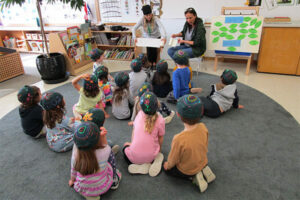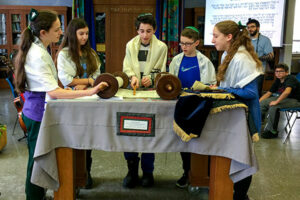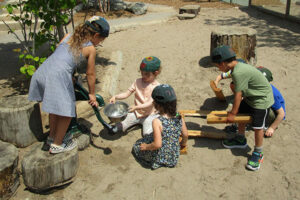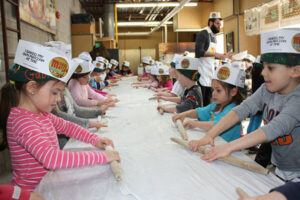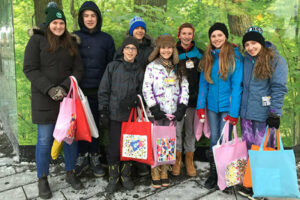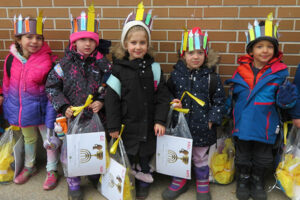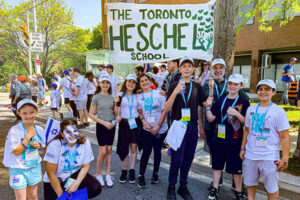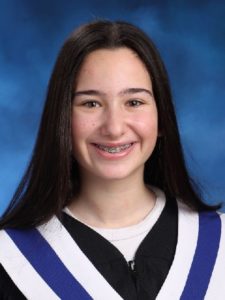 Laurel C., one of our Grade 8 graduating students, will be appearing in Post City Magazine’s “T.O.’s Top Students” feature this fall. In the lead-up to her last week as a Heschel student, we are pleased to give our community a preview of Laurel’s reflections!
Laurel C., one of our Grade 8 graduating students, will be appearing in Post City Magazine’s “T.O.’s Top Students” feature this fall. In the lead-up to her last week as a Heschel student, we are pleased to give our community a preview of Laurel’s reflections!
Tell us about an educator who has inspired you.
Over the past 10 years at Heschel I have been lucky to have many amazing teachers so much so that to narrow it down to just one feels like an impossibility. So many of my teachers over the years have taken the time to really know who I am, not only as a learner but also outside of the classroom. Numerous teachers at Heschel have gone out of their way to ensure I excelled in a variety of ways including by encouraging me to participate in math contests, join sports teams, think creatively and outside of the box and by helping me create what I believe is the best yearbook Heschel has seen to date.
Which school tradition are you most proud of?
The school tradition which I am most proud to be a part of is the tradition by which the graduating classes get to literally leave their artistic mark on the school. We do this by co-designing and painting a collaborative graffiti mural. When determining the design for our mural, connections were made to the grade 8 curriculum including a Hebrew quote from the Torah. This year our mural included images of the sun, moon and birds which represent our space and time and biodiversity learning units. This mural allowed me to reflect on my learning journey throughout my ten years at Heschel.
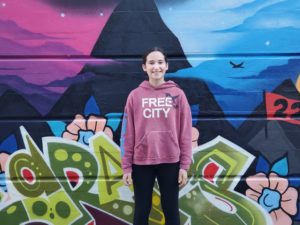
If you could describe The Toronto Heschel School in 5 words, what would they be?
When I think of Heschel I think of: community-oriented, engaging, interdisciplinary, inspiring and lifelong friendships.
How do you think Heschel has prepared you for life after graduation?
Heschel has prepared me for life after graduation by teaching me important academic and organizational skills. Heschel has taught me the importance of making deep academic connections throughout various subjects. One such example is called Moshe’s Miraculous Method, which involves drawing a connection between the scientific experimental method and Moshe’s experience as he approached the burning bush. This ability to draw interdisciplinary connections, as well as other learned academic skills, will undoubtedly be useful to me in high school and beyond. Thanks to Heschel, I have learned how to manage my time, think creatively, study productively, and work both collaboratively and independently.

